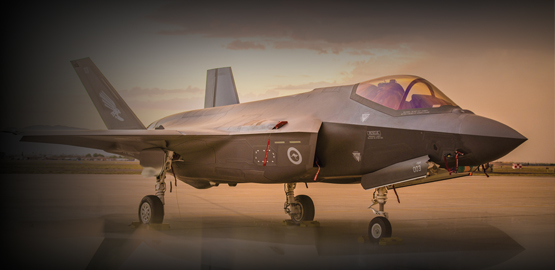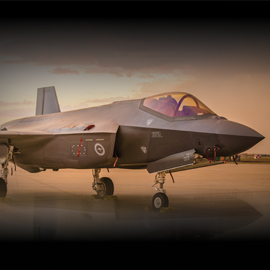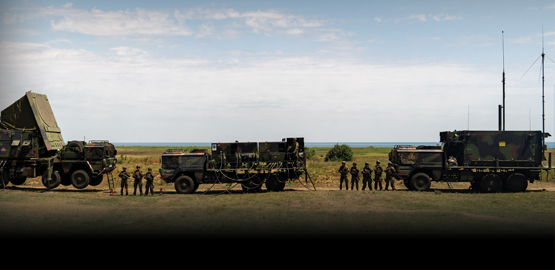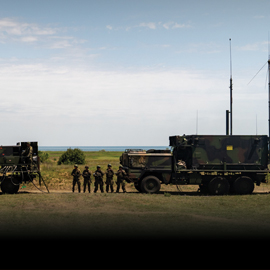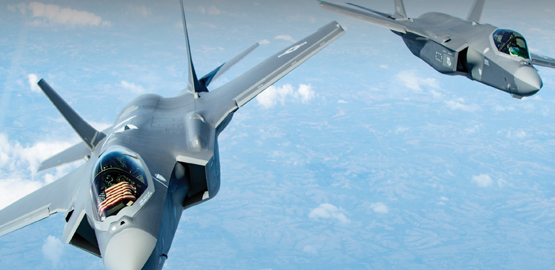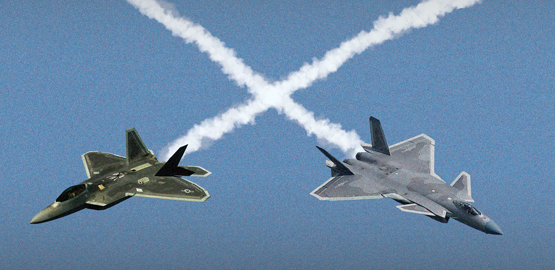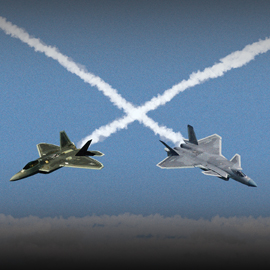News
Analyst: It’s a Myth That Market Competition Drives Down Weapons Cost
Critics of Pentagon waste point to the uncompetitive defense industry — dominated by a handful of conglomerates — as the reason why the U.S. military overpays for weapons. If only there were a truly competitive, free, market, prices would come down, experts have argued.
The Effects of Competition on Defense Acquisitions
As defense acquisition costs have soared over the past decade, efforts at reforming the acquisition system have focused intensely on creating more opportunities for competition as a means to reduce costs and incentivize better contractor performance. While competition can, in some cases, reduce costs and improve contractor performance, it is not a cure-all for the problems that plague defense acquisitions. This paper presents a quantitative approach, using game theory to model the effects of competition on contractor pricing. It demonstrates that the way in which a competition is structured can be a determining factor in whether competitive pressure is sufficient to balance the additional development costs of multiple contractors and higher unit costs from splitting the award. Specifically, the way contractors are incentivized to bid (or not bid) depends on the number of rounds of competition, the number of units awarded in each round, and the split in award between the winner and loser for each round. The analysis reveals that in some instances the structure of the competition can actually incentivize contractors to bid higher and drive up costs.
Year-end Spending: Some Units Have It Down Cold
When the end of the fiscal year comes around, there’s often a mad dash in government offices to use up remaining budget money or risk losing it forever. That’s true in many Air Force units as well.
Heart of the Battle
The US Air Force is developing a new stealth bomber to counter growing anti- access/area-denial (A2/AD) challenges around the world – but the programme faces enormous challenges in the face of declining US defence outlays. The Long Range Strike-Bomber (LRS-B) is part of a socalled “family of systems” being designed to ensure US forces can hold any point on Earth that may be at risk from aerial attack. The Long Range Strike family of systems – particularly the new bomber – is the centrepiece of the Pentagon’s emerging “AirSea Battle” construct/.../
Firms, Policymakers Struggle as West’s Defence Binge Ends
Whether or not America's politicians can find a way to sidestep the brutal automatic military cuts of sequestration, the era of rising Western spending on weapons and wars is over.
Fiscal Cliff Could Hit Civilian Pentagon Workers First
Listen to the Story
